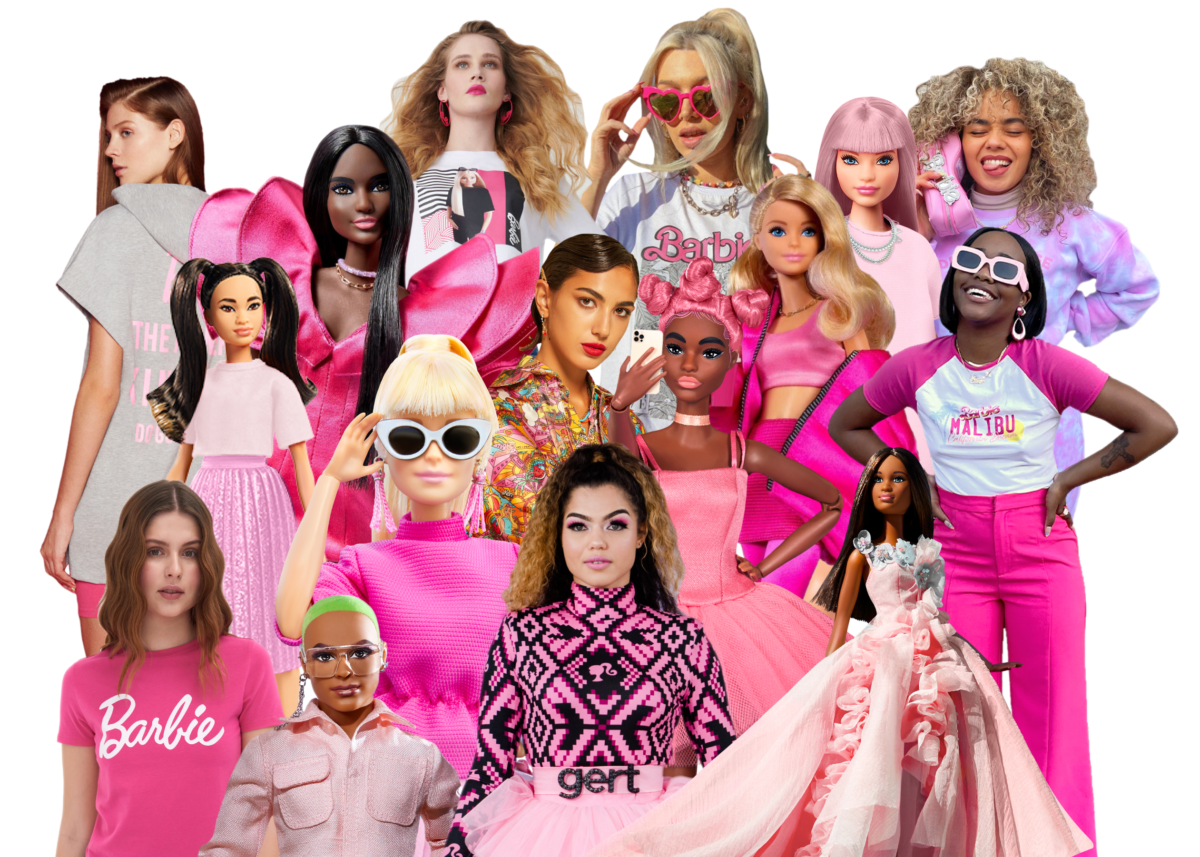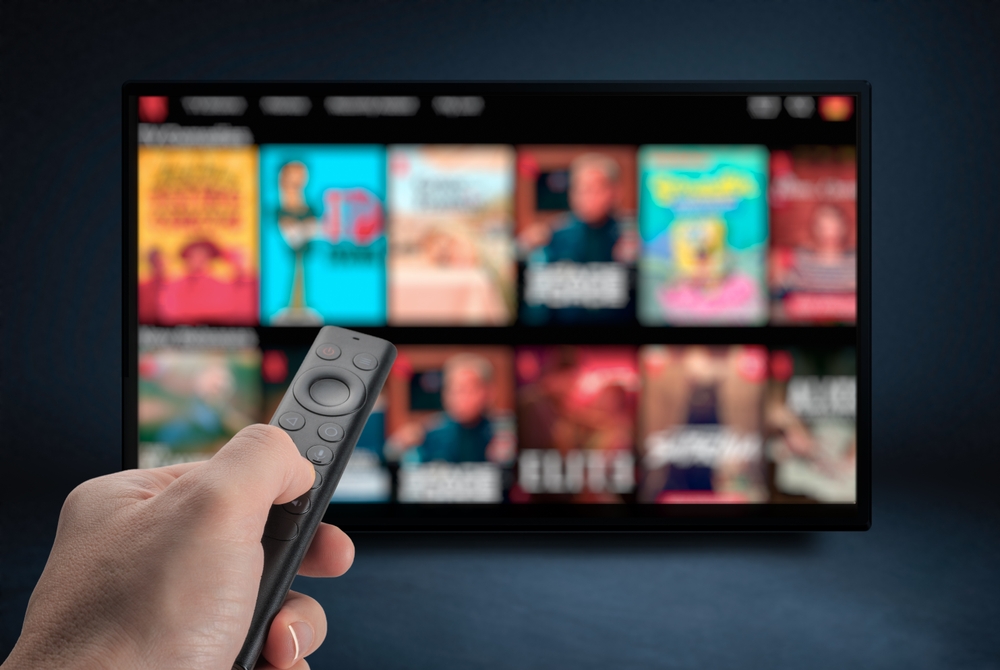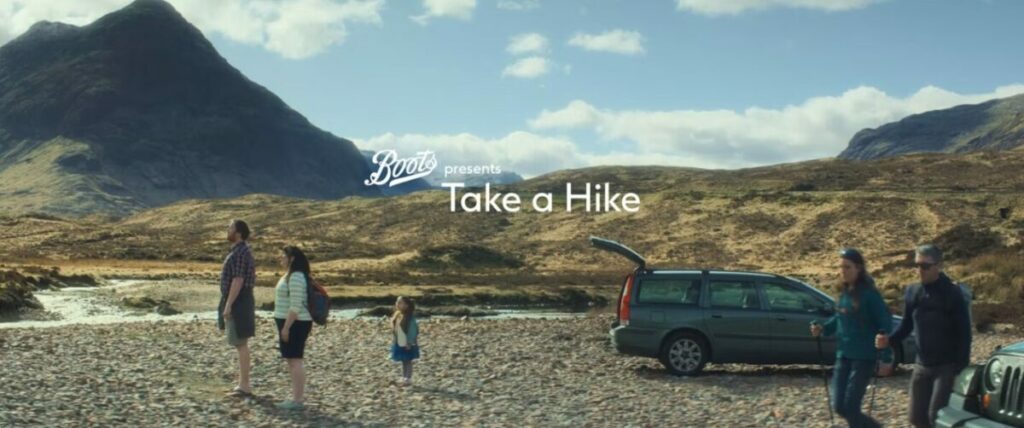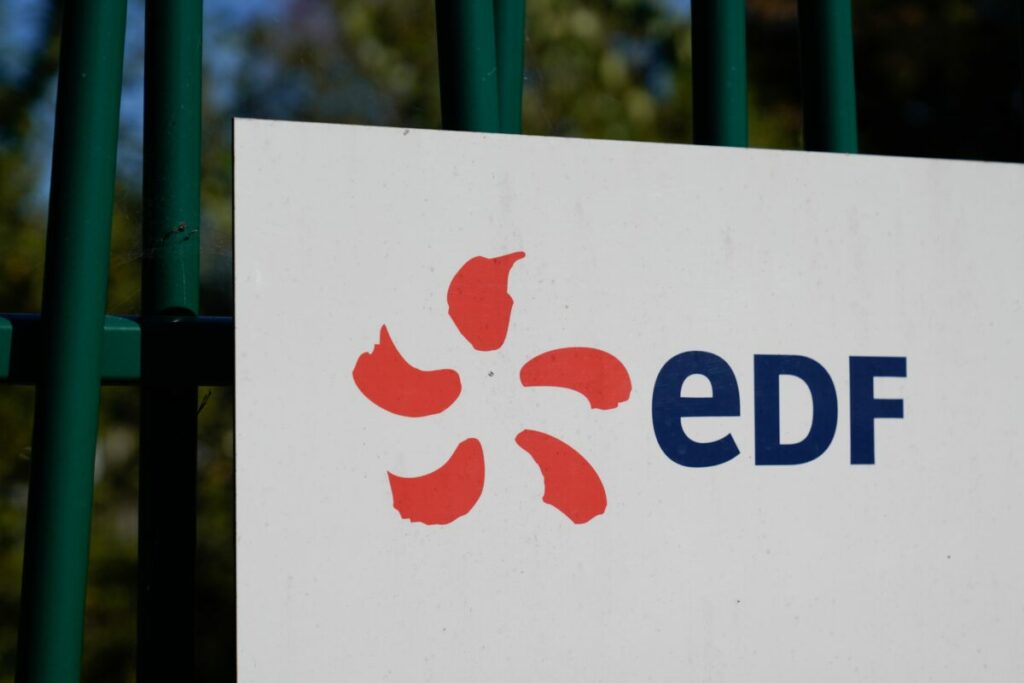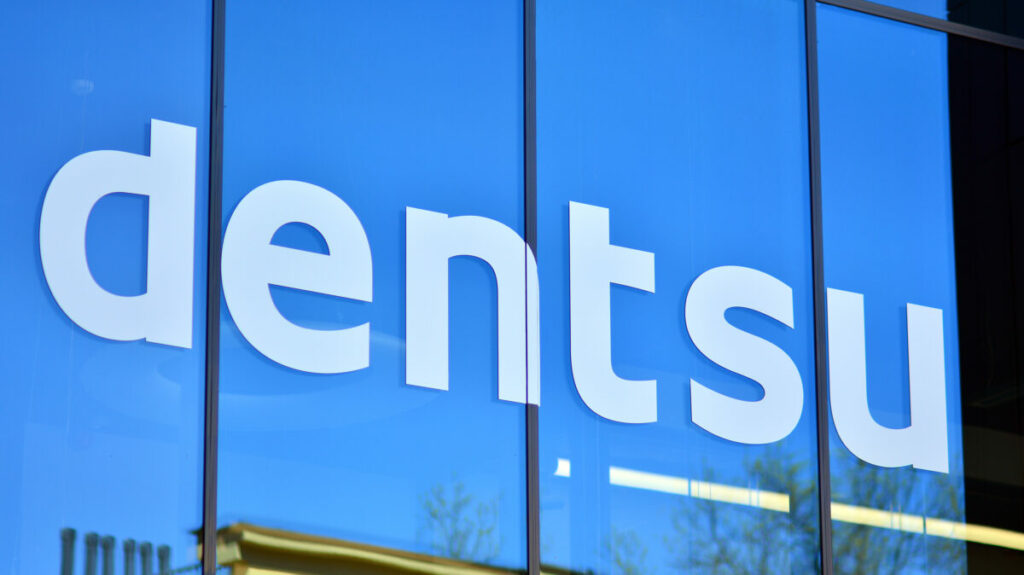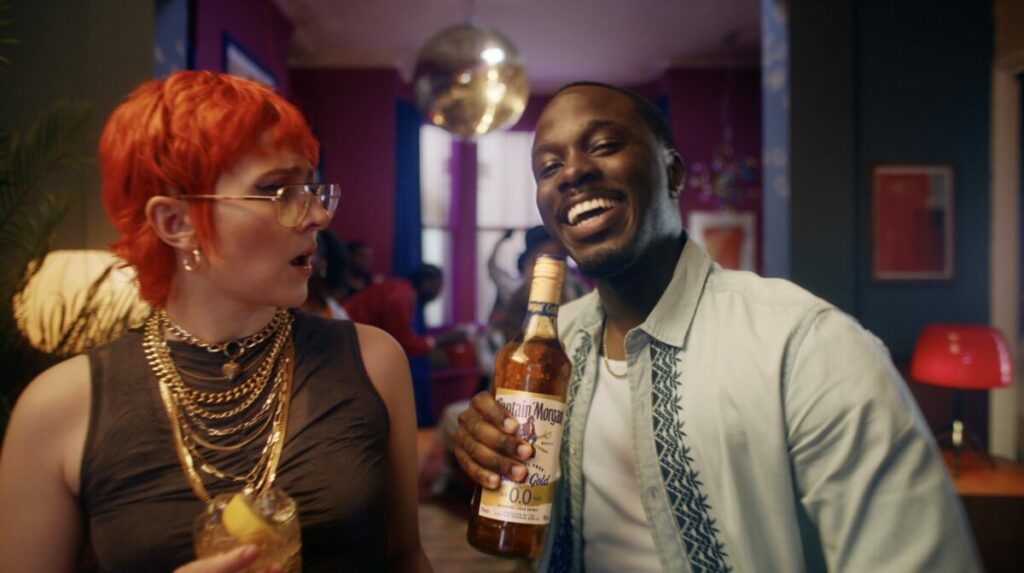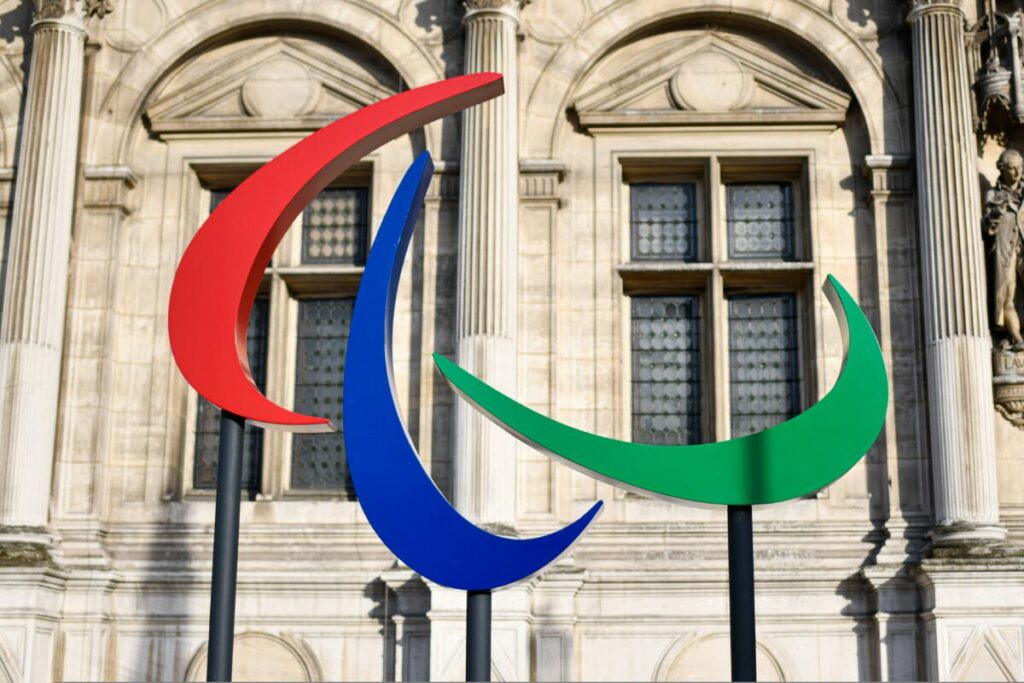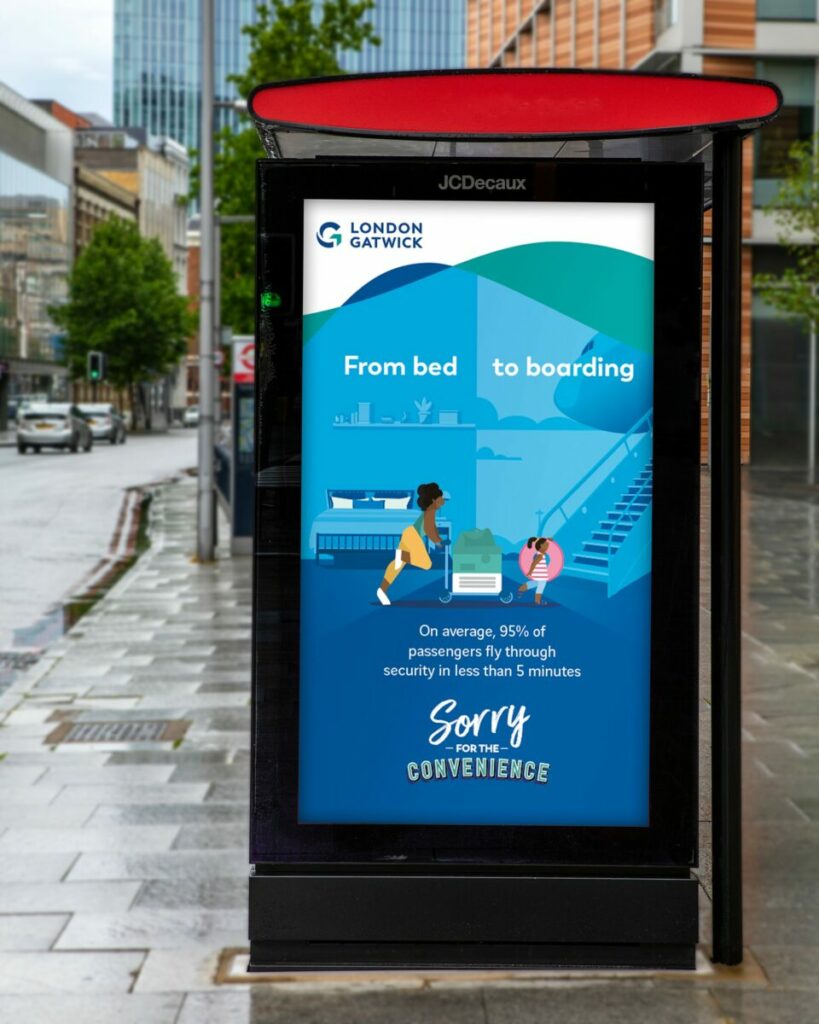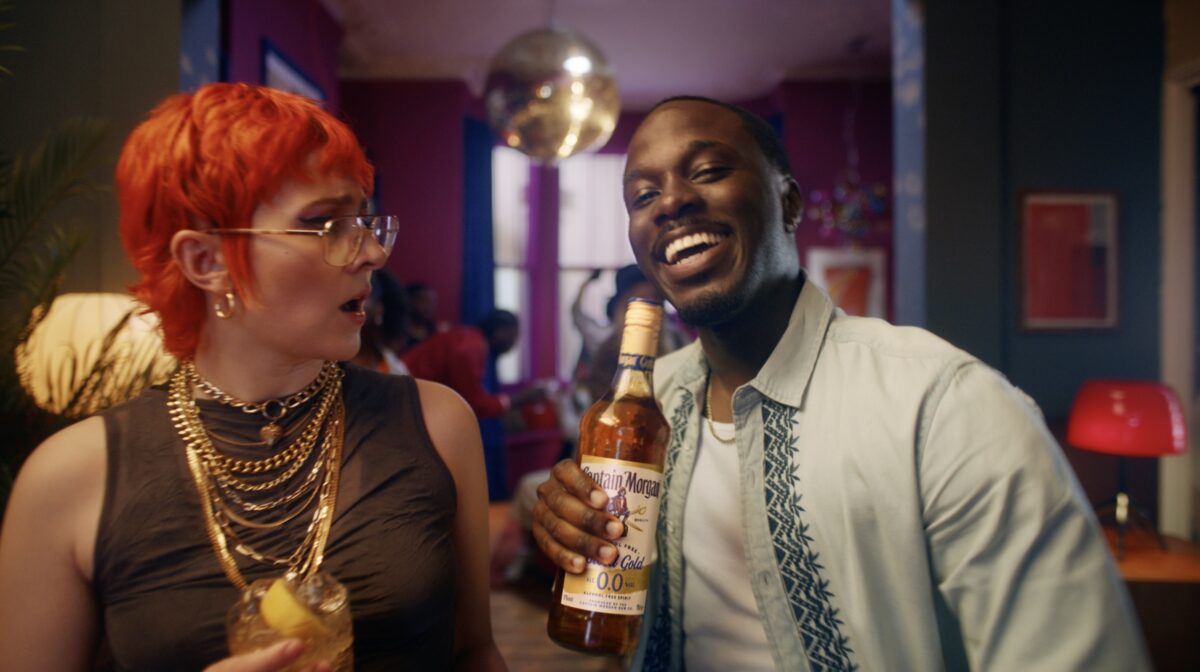Most brands – and retailers – are familiar with licensed products, even if they’re not especially au fait with the term ‘licensing’.
From Jurassic Park childrenswear in M&S, Stranger Things hoodies in Primark and even Love Island cosmetics in Boots; sales of licensed products remain robust and consistently outperform general retail sales.
Some brands and retailers are licensing trailblazers, embracing the significant marketing potential for brand extension, but also as a revenue driver. The strategy works equally well among kids and adult brands, and is particularly brilliant at tapping into the nostalgia zeitgeist; key for brands and retailers targeting the adult market.
Barbie, for example, has collaborated with everyone from luxury brands Balmain, Alessandro Enriquez and Harrods to mass market retail channels, including Primark, River Island and Tesco.
During 2021, the value of the global licensing industry surpassed $300 billion for the first time according to Licensing International’s Global Survey. It’s actually worth $315 billion – a rise of over 7.75% since (and despite) the pandemic.
What is licensing and why bother with it?
Licensing is when brands are ‘rented’ to retailers or manufacturers – normally within a certain product category and/or territory – for the purpose of creating consumer products.
The recent Pokémon x Balmain collaboration, Pringles at H&M, Country Living sofas at DFS, LEGO Star Wars, Liverpool Football Club birthday cards – even ‘in story’ lines like Harry Potter Butterbeer – all are great examples of successful licensed (consumer) products.
Retailers love licensed consumer products because they are proven to drive footfall instore and traffic online as well as sales and revenue across the board. Licensing increases margins, profit and customer loyalty, while also allowing retailers to offer differentiation, exclusivity, a broader range offering and the opportunity to reach and acquire new customers or convert existing customers into new product areas.
Brands love it because it allows them to increase reach and awareness, extend their customer demographic, create new profit lines, enhance their credibility through association and much more besides.
“The huge benefit [of licensing] is that you can tell different stories if you collaborate with a strong partner brand,” says Tara Ryan, head of design for childrenswear at M&S.
The high street giant’s first ever kids license was the David Beckham DB07 range, some 20 years ago. It is now enjoying success with a wide range of brands, including Jurassic World, Harry Potter, Smiley, Peppa Pig and a host of Disney brands.
“We can weave their IP (intellectual property) and their style and DNA into the M&S DNA to create something that’s new, can reach a new audience and tell a slightly more surprising story. It’s really about brand fit,” she explains.
“We are careful to pick brands our current customers will love, as well as pushing the boundaries to bring new demographics through the door. We choose highly commercial licensing partners where we know that they can consistently bring a revenue stream, and then we have inspirational partners which are bit more head turning or are in the zeitgeist.”
What’s changed in licensing
Ryan believes the licensing industry has changed a lot over the years: “The licensees (manufacturers) are now far cooler,” she says.
“Whether it’s sportswear or trendy high street shops, it’s definitely a cooler dynamic now. Licensing used to be just for kids and driven by children, but I think you now get that fashion layer because you get youth and teens wearing a look.
Ryan points out that these collaborations are often more exclusive, as well.
“For example, if you get a trainer collaborating with a brand, that’s a great reason to buy it and often at a higher price point.”
Licensing International’s Global Licensing Survey pinpoints annual trends within the sector. While entertainment and character is still the largest category, there has been huge growth in celebrity brand partnerships and a big change in the luxury sector with high-end brands collaborating with mass market (Adidas x Gucci, eg) as well as being more open to licensing characters.
The likes of Peanuts x Lacoste and Ellesse, GoGuy and Teletubbies – which actually started as an April Fools’ Day prank in 2021 and is now a fully-fledged, Pride-celebrating streetwear collection – are now commonplace across retail.
“This is a great example of how collabs and brand extensions are embracing diversity in a creative but respectful way,” said Anna Knight of Brand Licensing Europe.
“It’s unlikely that these collabs are big revenue drivers, but they are incredibly important in allowing heritage properties to reinvent themselves and reach a mass audience. They are also great for PR in an age where values and purpose are increasingly influencing customer behaviour.
“It’s a great way of keeping the brands relevant and fresh while extending into new categories.”
The importance of authentic brand messaging
Value and purpose are also huge trends in licensing. Consumers’ relationships with brands are changing, as they look to interact with brands that reflect their values, while messaging for corporate brands is especially important among the 18-35 audience, who place a great deal of value across social responsibility, diversity and sustainability.
Heritage retailer Liberty has found that value and purpose are huge drivers in its own brand licensing programme.
Director of licensing and brand partnerships, Jalil Rahman, said: “Liberty has been around just under 150 years, yet it only recently engaged in licensing and [I’m still saying] to people. ‘Listen, this is not going to ruin our brand, we’re not going to undo 150 years of goodwill by doing this. It’s a great product and it’s a great project.’”
Rahman is in a privileged position in that his goal is not to bring in revenue.
“I’m a curator. I find deals that fulfil the criteria I’ve set and balance the result between strong brand awareness and enhanced reputation and commercial return. I could bring in a deal that isn’t worth a lot of money but tells a great story about how our brand is evolving; one that connects new communities and audiences.”
He is also a firm believer that the licensing strategy must reflect the brand’s values so the first thing he did on joining was to assess existing deals. “One partner manufactured single-use paper cups. How does that fit with being sustainable and minimising our carbon footprint? That product doesn’t have a reason for existing, so the partnership was terminated.”
His favourite partnerships, however, help the brand tell a story, such as Liberty x Faber & Faber, one of the last remaining independent UK publishing houses.
“We are an English institution and it’s important to connect back to other institutions that are specialists in what they do,” he said.
“This was never going to be a million-pound earner but that wasn’t the point. Our deal was to create bespoke prints that connect to the author’s literature and result in very beautiful products that tell our story.”
To this end, M&S’s Ryan has a word of warning to brands looking to dip their toe into the world of licensing.
“Choose carefully. Your first collaboration with a licensing partner is going to speak volumes. So, you want to make sure that you can differentiate your product from what else is out there. And also, very obviously, make sure that the commercials are right for both partners.”
Find out more about the value of brand extension at Brand Licensing Europe, where Jalil Rahman will be speaking. BLE is the leading event for brand extension in Europe, taking place 20-22 September 2022 at ExCeL London. Free passes are available to all marketing, brand and retail professionals from www.brandlicensing.eu

